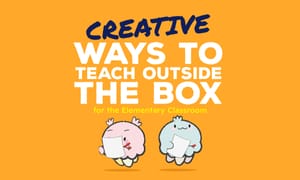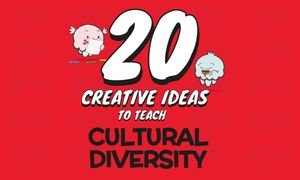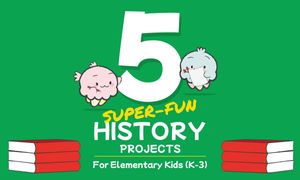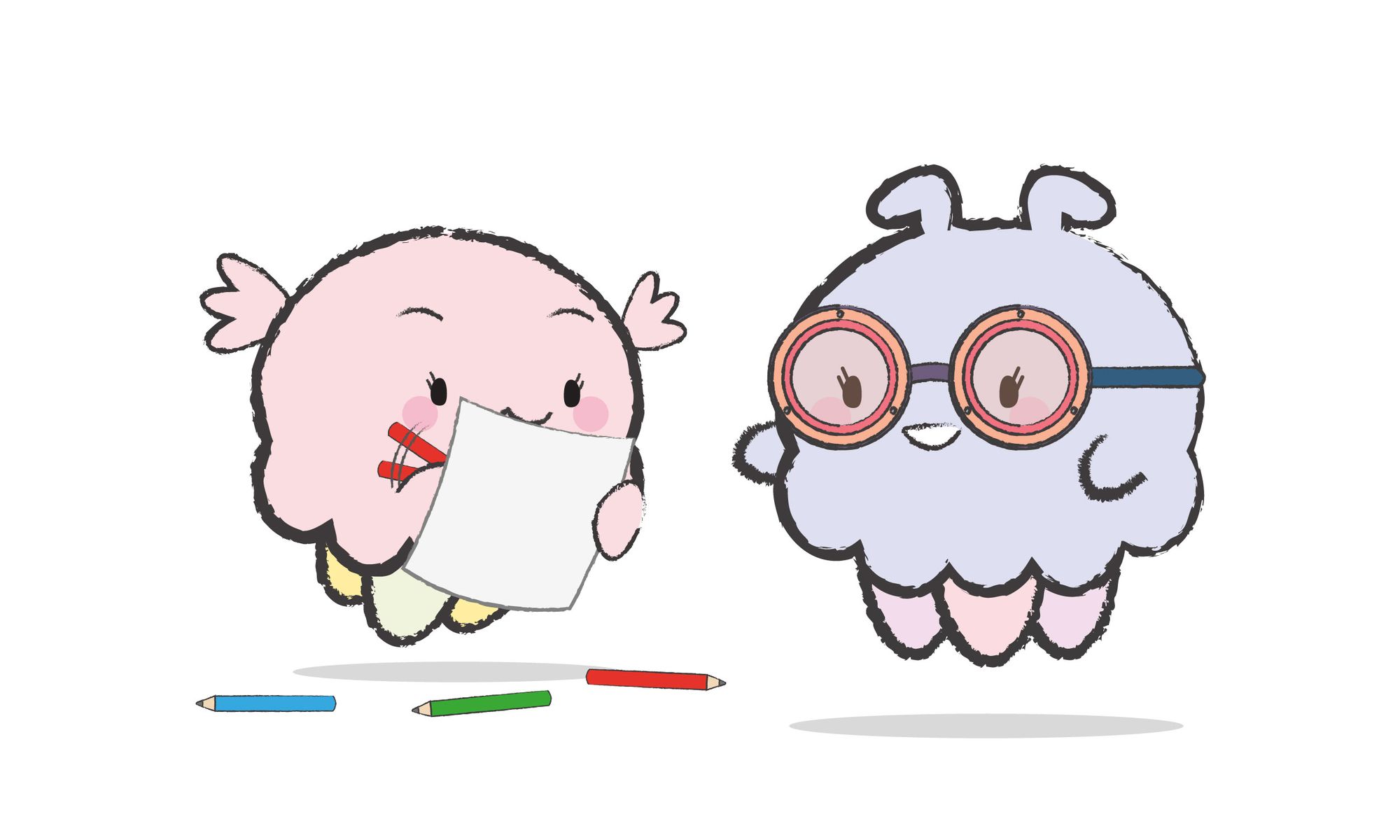
Thinking of upskilling but not sure which professional development course you should take? Why not look at PD courses that help foster and unlock creativity and innovation in your students?
Creativity is more important than ever in today's rapidly changing world.
Students today must develop creative skills such as critical thinking, problem-solving, and innovation. These skills will enable them to be more adaptable, resilient and better equipped to meet the challenges and demands of the 21st century.
Let's take a look at these 5 Professional Development (PD) opportunities which can offer teachers the necessary tools, strategies and best practices to nurture creativity and innovation among students:
Design Thinking
Design Thinking helps students learn how to systematically approach problem-solving by recognizing challenges, gathering data, creating possible answers, refining concepts, and evaluating solutions.
Students are taught how to empathize with their stakeholders, discover and define problems, think of potential solutions, prototype and test their ideas, and iterate until they arrive at the optimal solution. This process allows them to approach problem-solving in a more structured manner while encouraging creativity and innovation in the classroom.
Design Thinking is a powerful professional development opportunity that can help educators improve their students' learning experiences. By learning how to use and facilitate design thinking in the classroom, teachers can foster creativity, critical thinking, and problem-solving among their students and create more effective and engaging learning experiences.
Project-Based Learning (PBL)
Project-Based Learning (PBL) is a student-centred and inquiry-based approach that encourages students to apply their learning to real-world problems and challenges.
One of the critical benefits of PBL is its similarity with how people learn and work in the real world. As a result, it helps students see the relevance and applicability of their learning and motivates them to take ownership of their learning.
In PBL, the teacher acts as a facilitator rather than the primary source of information. As a result, students take a more active role in their learning. Although teachers provide the structure and support that students need to succeed, the focus is on student-driven inquiry and discovery.
Educators who wish to improve their teaching skills and provide their students with a valuable and engaging learning experience should consider looking into Project-Based Learning as a professional development opportunity. It is a practical way to help students develop necessary 21st-century skills such as critical thinking, problem-solving, creativity, and communication.
STEM to STEAM
There's a growing movement to integrate the arts into STEM education to create STEAM (science, technology, engineering, arts and math) education. STEAM aims to provide a more well-rounded education that puts creativity, curiosity and critical thinking at its core.
One of the reasons for switching from STEM to STEAM is to help students better understand the relationship between different subjects and how they can be used to understand each other better.
Integrating art and design in STEM subjects allows students to utilize both hard scientific knowledge and soft skills such as critical thinking, creativity and collaboration to approach real-world problems.
Switching from STEM to STEAM education provides students with a more well-rounded education that encourages creativity and critical thinking. This professional development opportunity is an excellent way for educators to help students to develop the creative skills highly valued in the 21st-century workforce.
Game-Based Learning
Game-based learning is an instructional approach that uses games and simulations to engage students and teach them new skills and knowledge. It is a popular and effective method for teaching as it makes learning fun and interactive.
Games and simulations are naturally engaging and provide immediate feedback. This helps students to stay focused and motivated to make improvements. Another benefit of game-based learning is that it allows for personalized learning. Many game-based learning platforms and tools allow students to work at their own pace via a tailored progressive learning experience.
Game-based learning is an effective and engaging method of instruction and a great professional development opportunity for educators looking to upskill. Teachers can quickly implement game-based learning in their classrooms using digital games, board games, or role-playing games and game-based learning platforms and tools.
Maker Education
Maker education is an approach that prioritizes hands-on, project-based learning and inspires students to think creatively, find solutions, interact with a community and take control of their own education.
Maker education is grounded on the idea that students learn best by doing. By working on hands-on projects, students can apply what they have learned in a practical, tangible and meaningful way.
One critical benefit that has drawn educators worldwide to embrace maker education is how it motivates students to take ownership of their own learning. By working on projects they are interested in, students are more driven to learn and are more likely to engage in the process. Additionally, maker education allows students to develop 21st-century skills such as critical thinking, collaboration, and communication.
Maker education is an effective and engaging approach and a worthwhile professional development opportunity. It encourages creativity, problem-solving and can be integrated into various subjects and grade levels.
In Conclusion

Professional development can play a crucial role in helping educators create a classroom environment that fosters creativity and innovation. By unlocking creativity in the classroom, educators can help their students to become more curious, engaged and excited about learning.
That said, upskilling is essential for every educator's personal and professional growth. They need to seek out PD ideas that align with their goals and interests but stay open to new ways of teaching and learning.
In case you haven't read it, here's a link to our article with basic tips, tricks and hacks for educators to foster creativity in the classroom:
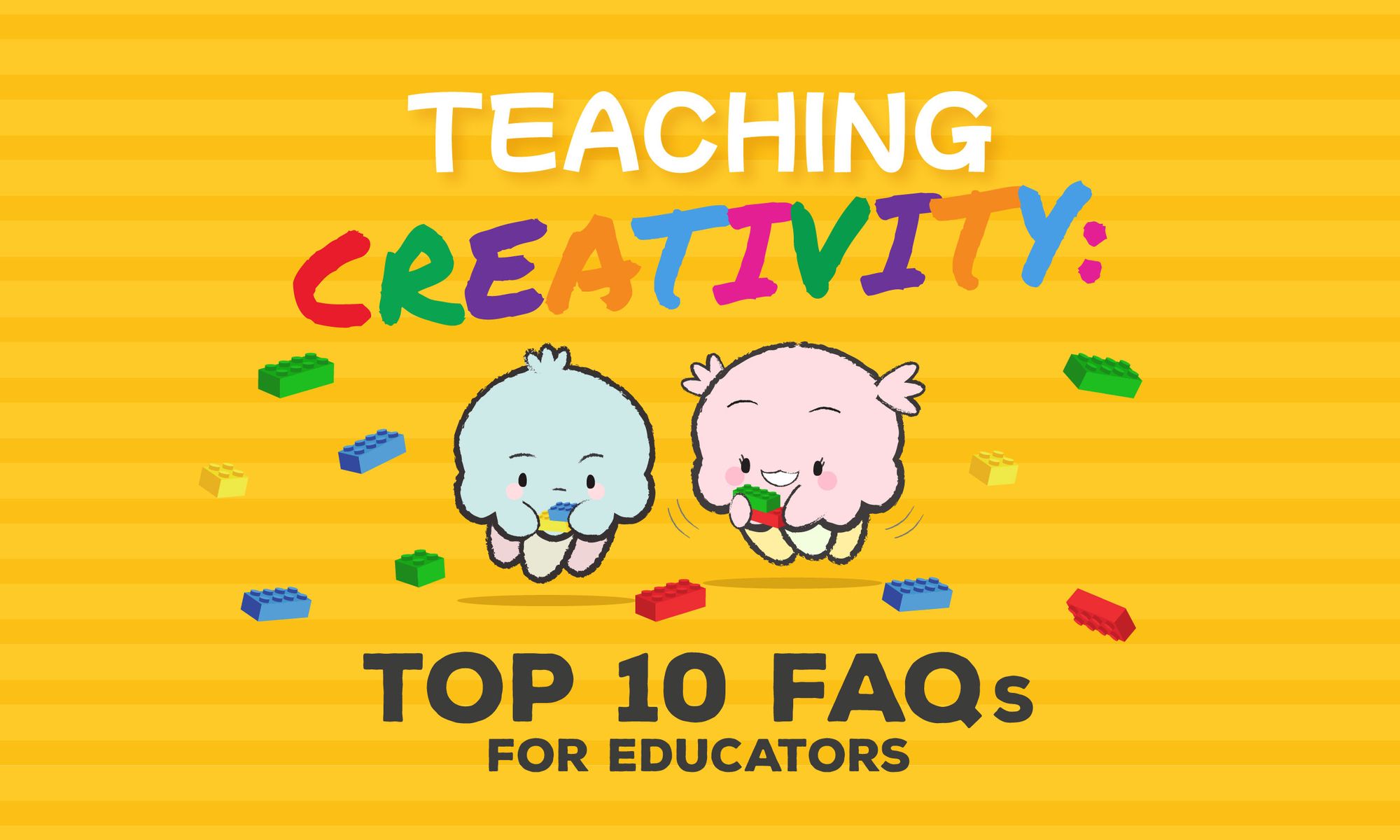
Our K-3 Creative Activity Printable Bundle
Boost your lesson plans with our innovative collection of printable activities for the year. "Over 100 projects with more than 400 printable sheets" to spark imagination and foster creativity in your classroom for the whole year.

PBL and Genius Hour Supplement Printable Bundle (K-3) - 2023 Edition
This creative activity bundle is jam-packed with over 100 projects with more than 400 printable activity sheets for 6-9 year olds. With a focus on creativity and hands-on learning, this bundle is perfect for keeping little learners engaged, designing and creating for an entire year.
An excellent resource for teachers, subs, parents and caregivers looking for fun and creative activities to keep kids busy and learning. It's perfect for use in the classroom, at home or on the go. With so many activities to choose from, kids will never be bored!
- DIGITAL ONLY PRODUCT i.e. PDF format.
- Over 100 projects with more than 400 printable sheets.
- Printable sheets mainly black & white.
- Includes links to supporting online resources.
- File size: 166.5 MB / 518 pages.
Or join our Premium Subscription to access all the printable worksheets in the bundle and more for only $3/month.



